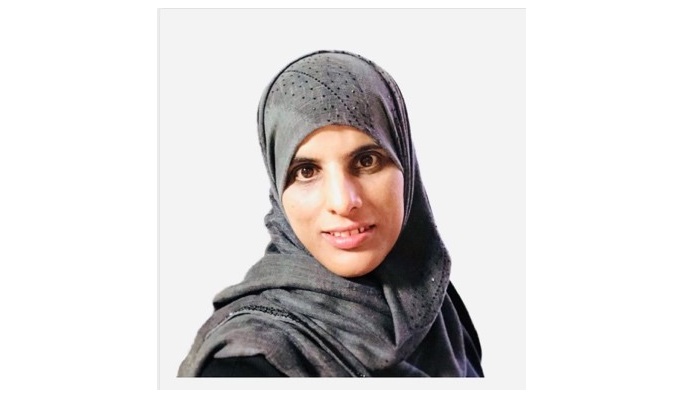
Muscat: The 8thNational Research Award (NRA), organised by the Ministry of Higher Education, Research and Innovation (MoHERI), celebrated some of the brightest and innovative minds in the Sultanate of Oman.
Among the 13 winning NRA projects, ‘Mapping road traffic crash hotspots using GIS-based methods: A case study of Muscat Governorate in the Sultanate of Oman’ by principal investigator Dr. Amira Al Aamri, Specialist of Statistics at the MoHERI, and her team took the award under the PhD category in the Cultural, Social and Basic Sciences filed.
Dr. Amira Al Aamri elaborated that the research project aimed to evaluate the spatial and temporal dimensions, identifying the high-risk areas or hot-zones where RTCs are more frequent using the geocoded data from the Muscat governorate.
The study focused on identifying high density crash zones in the Muscat Governorate, exploring the characteristics of crash hot zone, and examining the spatio-temporal patterns of road traffic crashes (RTCs) in the study area. The analysis considered an adjacency network analysis integrating GIS and RTC data using robust estimation techniques including: Kernel Density Estimation (KDE) of both 1-D and 2-D space dimensions, Network-based Nearest Neighbour Distance (Net-NND), Network-based K-Function, Random Forest Algorithm (RF) and spatiotemporal Hot-zone analysis.
As for the findings, Dr. Amira stated that the study demonstrated evidence of spatial clustering of RTC hot-zones on long roads demarcated by intersection and roundabouts. The analysis highlighted evidence of spatial clustering and recurrence of RTC hot-zones on long roads demarcated by intersections and roundabouts in Muscat. Hot-zones appeared to be more dominant on road segments where highest level of traffic interactions exists, especially along Sultan Qaboos highway. Conversely, low crash densities observed along roads locating outward from the core market and workplace areas, and Muscat Expressway is one example of such roads. The findings confirmed that road intersections elevate the risk of RTCs than other effects attributed to road geometry features.
The results, according to Dr. Amira, also demonstrated systematic quantitative evidence of spatio-temporal patterns associated with the crash risk over different locations on road network in Muscat.
The spatio-temporal analysis provided evidences of the consistency in the positions of crash hot-zones in the study area. Comparing the mean of ranking of the same locations over five years of the study period, the results indicated that RTCs are inclined to cluster in the same locations within the study period. The inference of such result could be attributed to the same road and traffic related features existing on these zones.
The findings clearly pinpointed the importance and influence of the road and traffic related feature in road crash spatial analysis. Therefore, Dr. Amira suggested that further safety inspections and engineering studies should be carried out to investigate the possible contributing factors, and identify the potential countermeasures such as engineering improvements to reduce the crash risk at these sites.
She further recommended that future research should systematically address potential effects of the socio-economic, population, and land use factors in identifying road crash hot-zones in Oman.
The research team included Dr. Amira Al Aamri (MoHERI), Dr. Abdullah Al Maniri (CEO of Data Academy in Muscat), Dr. Graeme Hornby (University of Southampton), Prof. Sabu S. Padmadas (University of Southampton) and Prof Li-Chun Zhang (University of Southampton). The research project was published in the Spatial Statistics Journal, and was presented in international conferences in Thailand and Spain.
In regards to her win, Dr. Amira mentioned that “awards such as the National Research Award would improve the production process of scientific research in various fields.”
This in itself gives a great motivation and encourages researchers to make more effort to conduct research of high quality and of national importance. Besides, the presence of an element of competition would make the researcher think deeply about the type of research he/she will submit for the award, and this production and competition will all contribute to raising the rates of scientific research and its indicators for the country in the global scientific research indicators. I was pleased that I was one of the winners of the National Research Awards in its eighth edition, and I am really happy that my research is an enriching addition in its field”.